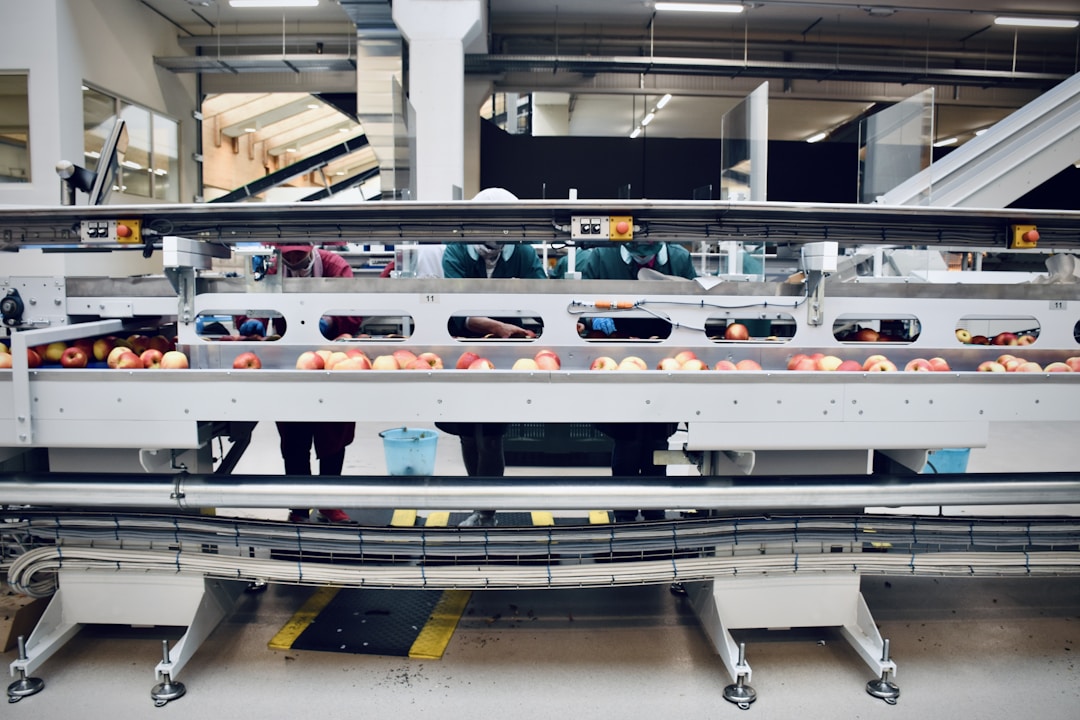Common Problems and Solutions for Industrial Freezer Belt Applications
Common Problems and Solutions for Industrial Freezer Belt Applications
In modern industries, achieving operational efficiency while maintaining product quality is pivotal. One of the critical equipment pieces that play a fundamental role in the food processing and packaging sectors is the industrial freezer belt. Despite its significance, very few resources illustrate the challenges associated with these belts and the potential solutions to those problems. In this article, we aim to shed light on some common issues in industrial freezer belt applications and how these issues can be resolved.
Understanding What Industrial Freezer Belts Are

Industrial freezer belts are mainly utilized in industries that require freezing processes, such as the food production and pharmaceutical sectors. These belts are designed to withstand extreme cold temperatures while transporting products through various stages of production. These are designed to maintain optimal operational efficiency even in hostile conditions.
An industrial freezer belt plays an instrumental role in ensuring every product is adequately frozen and prepared for packaging or additional processing. Furthermore, these belts are strategically designed to maintain minimal frost build-up, which can otherwise hinder the production process.
While the broad application and functionality of industrial freezer belts are impressive, understanding their operation and mechanics is paramount. It helps users to diagnose issues promptly and take corrective actions without severely hampering the production flow.
Challenges Faced With Industrial Freezer Belts
Like all machinery, industrial freezer belts are not entirely unsusceptible to problems. Some of the most common challenges faced in their operations include abnormal frost build-up, belt misalignment, and deterioration due to extremely cold temperatures.
Frost build-up can lead to an uneven flow of products, thus hampering the efficiency of operations. It can also put excessive strain on the belt, leading to potential wear and tear.
Misalignment of the belt can result in inefficient operations and potential damage to both the belt and the machinery it operates with. In the worst-case scenario, it can also lead to a complete halt in operations if left unattended. It’s best practice to make sure you are performing regular maintenance checks to prevent any challenges from occurring.
Deterioration Causes for Industrial Freezer Belts

Several factors contribute to the deterioration of freezer belts in industrial applications. Extreme cold temperatures that these belts operate in can lead to increased rigidity and brittleness, causing the belts to crack and wear down over time.
Beyond temperature, abrasive products can cause premature wear and tear. Additionally, if the belts are not properly maintained and cleaned, accumulated debris or frost over time can lead to damage.
Incorrect tensioning of the belt can also cause premature wear and tear. If the belt is too loose, it might slip, causing an uneven flow of products. Conversely, if it’s too tight, it might stretch the belt, leading to potential cracks and damage.
Future Direction of Industrial Freezer Belts
Technology advancements are continually shaping industrial freezer belt applications. Innovations are focusing on developing more durable, frost-resistant materials to improve belt longevity.
Machine learning and AI are playing a pivotal role in predictive maintenance, allowing operators to foresee potential issues before they escalate. This can help optimize equipment uptime and increase productivity.
Additionally, there is a renewed focus on the improvement of cleaning methods for these belts. As residues can lead to unexpected equipment downtime, innovative cleaning solutions are critical for maintaining operational efficiency.
Altogether, understanding the core issues often faced by industries regarding industrial freezer belts and their solutions is the first step towards optimized production. Further, staying updated on the future directions of freezer belt technology can also ensure a proactive and efficient response to emerging operational challenges.

